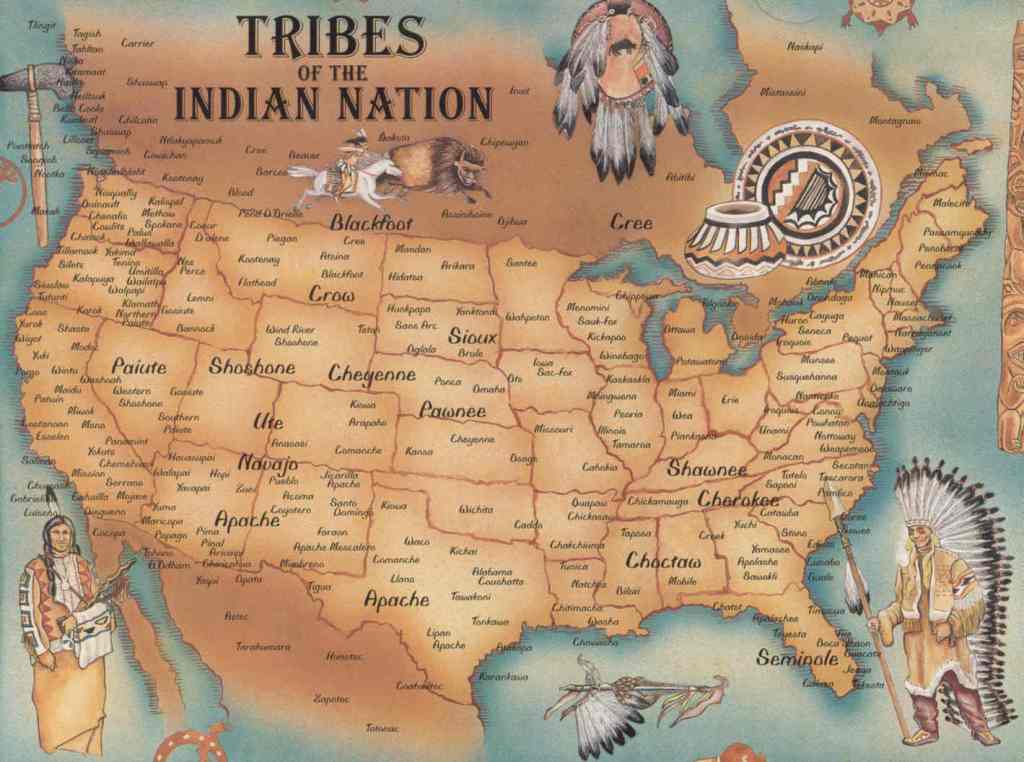The Treaty of Fort Laramie (1868) had granted the Black Hills to the Lakota people in perpetuity, but the United States took the area from the tribe after the Great Sioux War of 1876. Members of the American Indian Movement led an occupation of the monument in 1971, naming it "Mount Crazy Horse", and Lakota holy man John Fire Lame Deer planted a prayer staff on top of the mountain. Lame Deer said that the staff formed a symbolic shroud over the presidents' faces "which shall remain dirty until the treaties concerning the Black Hills are fulfilled."[66]
The 1980 United States Supreme Court decision United States v. Sioux Nation of Indians ruled that the Sioux had not received just compensation for their land in the Black Hills[67], which includes Mount Rushmore.
In 2004, Gerard Baker was appointed as superintendent of the park, the first and so far only Native American in that role. Baker stated that he will open up more "avenues of interpretation", and that the four presidents are "only one avenue and only one focus."[68] The Crazy Horse Memorial is being constructed elsewhere in the Black Hills to commemorate the Native American leader as a response to Mount Rushmore. Upon completion, it will be larger than Mount Rushmore and has the support of Lakota chiefs. The Crazy Horse Memorial Foundation has rejected offers of federal funds, but it is the subject of controversy, even among Native American tribes.[69]
In 2020, in discussing U.S. President Donald Trump's July 3 visit to Mount Rushmore, Nick Tilsen, president of NDN Collective, an Indigenous-led organization dedicated to building Indigenous power; and a citizen of the Oglala Lakota Nation, stated, "...we have refused to accept the settlement — an amount that has slowly accrued interest and is now well over $1 billion — because we won't settle for anything less than the full return of our lands as stipulated by the treaties our nations signed and agreed upon."[70]

 en.wikipedia.org
en.wikipedia.org
Many people have much to learn about factual/truthful Native American history.
The 1980 United States Supreme Court decision United States v. Sioux Nation of Indians ruled that the Sioux had not received just compensation for their land in the Black Hills[67], which includes Mount Rushmore.
In 2004, Gerard Baker was appointed as superintendent of the park, the first and so far only Native American in that role. Baker stated that he will open up more "avenues of interpretation", and that the four presidents are "only one avenue and only one focus."[68] The Crazy Horse Memorial is being constructed elsewhere in the Black Hills to commemorate the Native American leader as a response to Mount Rushmore. Upon completion, it will be larger than Mount Rushmore and has the support of Lakota chiefs. The Crazy Horse Memorial Foundation has rejected offers of federal funds, but it is the subject of controversy, even among Native American tribes.[69]
In 2020, in discussing U.S. President Donald Trump's July 3 visit to Mount Rushmore, Nick Tilsen, president of NDN Collective, an Indigenous-led organization dedicated to building Indigenous power; and a citizen of the Oglala Lakota Nation, stated, "...we have refused to accept the settlement — an amount that has slowly accrued interest and is now well over $1 billion — because we won't settle for anything less than the full return of our lands as stipulated by the treaties our nations signed and agreed upon."[70]

Mount Rushmore - Wikipedia
Many people have much to learn about factual/truthful Native American history.
Last edited:




